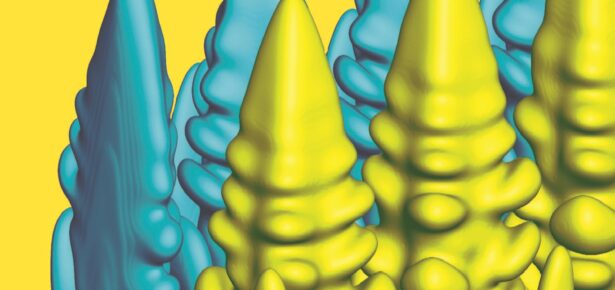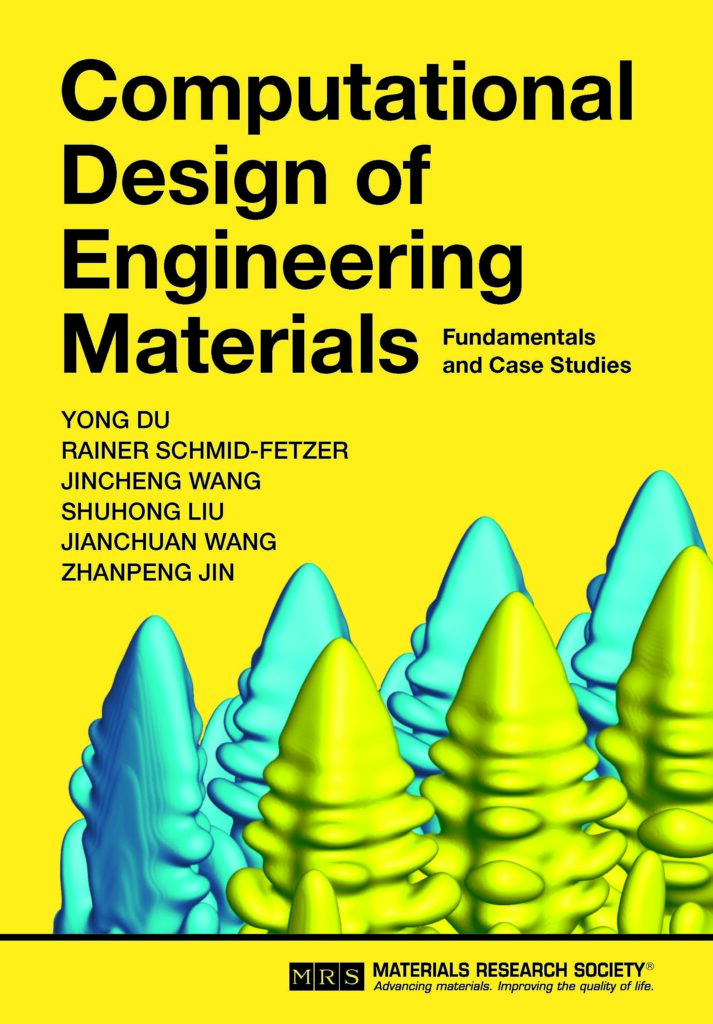
A revolution has been underway for several decades, transforming materials engineering from costly and time-consuming process of trial-and-error experimental “materials by discovery” to “intelligent materials design” enabled by computational tools, CALPHAD (Calculation of phase diagrams)-type scientific databases (also named as Materials Genome database), and calculation-guided experiments. Recently with the rapid development of computational tools at different scales and related databases, materials design has become the research hotspot in different disciplines, including materials science, metallurgy, physics, chemistry, geology, and bio-technology, etc. The most important trend is to integrate multi-scale computational tools for materials design, such as CALPHAD technique, first-principles calculations in atomistic scale, phase-field simulation in meso-scale, and finite element analysis in macro scale. However, most of relevant books published so far do not reflect this important trend. Moreover, how to design engineering materials through a step-by-step procedure using these multi-scale computational tools and related databases has not been demonstrated in previous books. Our book is written to fill the aforementioned two gaps.
One unique feature of the book is that about its half part presents for the first time a wide spectrum of various computational methods used for materials design of engineering materials within a single volume, followed by a step-by-step demonstration for design of a wide range of engineering materials in another half part of this book. The book is jointly written by a coordinated team of six experts in these fields, so that all chapters, methods, and case studies are interlinked and refer to each other where appropriate, avoiding duplication. The fundamentals of computational thermodynamics, thermophysical properties, first-principles calculations, mesoscale simulation methods, and crystal plasticity finite element method are introduced using ordinary-language explanations as far as possible. Consequently, the non-specialist reader with a general science or engineering background shall understand these tools deep enough to consider their applicability and assess the results. In particular, the important role of CALPHAD and its scientific databases for materials design are highlighted. The utmost importance of CALPHAD and related databases is also reflected by recent formation of a Materials Applications Group in Tesla of Elon Musk to accelerate replacement of legacy alloys with designed alternatives to enable a higher level of full system optimization.
Case studies for design of a wide range of materials, including steels, light alloys, superalloys, cemented carbides, hard coating,and energy materials are described through the step-by-step methodology in detail. These case studies demonstrate in detail how real-world materials can be designed, being of general reference to the computational design of other engineering materials.
Online ancillary material is available with input files for computational design software related to the well-designed examples and case studies. These ancillary materials provide the reader with hands-on experience in simulation and modeling software. Free trial/education versions of leading software packages are considered if available. Step-by-step instructions to perform and repeat the simulations discussed in the book serves the deeper understanding of methods and examples for materials design.
The book aims at both graduate and undergraduate students as well as non-specialist researchers in materials science and engineering, including metallic materials, metallurgy, and chemistry, and intended to be an introductory as well as a reference book for design of various engineering materials. This book is a ‘must-have’ for students, engineers, and researchers of the material community and related fields.
几十年的材料研发变革,正将材料工程从耗时耗力的试错实验的 “发现材料 “转变为由计算工具、“CALPHAD(相图计算)类型的科学数据库(又称材料基因数据库)”和计算指导的实验构成的 “智能材料设计”。近年来,随着不同尺度的计算工具和相关数据库的快速发展,材料设计已成为材料科学、冶金、物理、化学、地质、生物技术等不同学科的研究热点。最重要的趋势是整合多尺度计算工具,如CALPHAD技术、原子尺度的第一性原理计算、介观尺度的相场模拟和宏观尺度的有限元分析用于材料设计。然而,迄今为止出版的大多数相关书籍都没有体现这一重要趋势,也没有明确如何使用这些多尺度的计算工具和相关的数据库逐步设计工程材料。上述两个空白呼吁一部新著作来填补。
本书的独特点在于,首次在一本书中用约一半的篇幅详细介绍用于工程材料设计的各种计算方法,并用另一半篇幅逐步演示各种工程材料的设计案例。本专著由来自这些领域的六位专家组成的团队共同撰写而成,因此所有的章节、方法和案例研究相互联系并适当的相互参考,从而避免内容重复。此外,本书尽可能使用通俗语言介绍计算热力学、热物理性质、第一原理计算、介观尺度模拟方法和晶体塑性有限元等计算方法的基础知识,因而适合具有一定科学或工程背景的非专业读者深入理解这些计算工具,以便了解其适用性并评估相关研究结果。同时,本书特别突出了CALPHAD及其科学数据库对材料设计的重要作用。最近埃隆·马斯克的特斯拉公司成立了一个材料应用小组,以加速设计传统合金的替代品从而实现更高水平的全系统优化,这也反映了CALPHAD和相关数据库的极其重要性。
本书详细描述了几种材料的设计案例,包括钢、轻合金、高温合金、硬质合金、耐磨涂层和能源材料的“逐步”设计方法。这些案例研究详细展示了如何设计真实世界的材料,设计方法的普适性可对其他工程材料的计算设计提供非常重要的参考。
在线辅助材料提供了案例研究相关的计算设计软件的输入文件。这些辅助材料为读者提供了模拟过程和模型软件的实际操作经验。书中还附上了国际著名材料模拟公司的免费试用/教育版软件。执行和重复书中展示模拟的分步说明将进一步加深读者理解材料设计的方法和实例。
本书面向材料科学与工程领域及相关专业的研究生和本科生以及非专业研究人员,包括金属材料、非金属材料、冶金、化学和物理等,旨在成为各种工程材料设计的入门书和参考书,是材料界和相关领域的学生、工程师和研究人员的 “必备读物”。

Title: Computational Design of Engineering Materials
Authors: Yong Du 杜勇, Rainer Schmid-Fetzer, Jincheng Wang 王锦程, Shuhong Liu 刘树红, Jianchuan Wang 王建川 and Zhanpeng Jin 金展鹏
ISBN: 9781108494106
Latest Comments
Have your say!